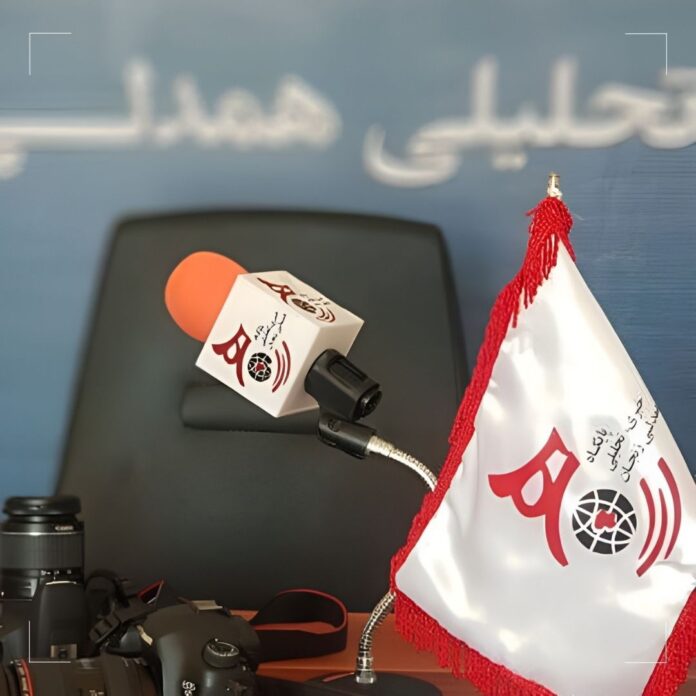The trial concerning the charges against the news outlet “Hamdeli Zanjan” was held illegally—without the presence of an impartial jury in political and press courts and behind closed doors.
According to a report received by the Defending Free Flow of Information (DeFFI), the court hearing accusations against Ahmad Asadi, the editor-in-chief of Hamdeli Zanjan, was conducted without a jury and in a non-public manner. This is contrary to Article 168 of the Constitution and Article 34 of the 1999 Press Law amendments, which stipulate that press trials must be public and held with a jury present.
This case was opened following a report shared by citizen journalists in Zanjan regarding “violations and complaints from citizens about the service of several doctors” published in this media outlet, and was prompted by complaints from two doctors against the editor-in-chief of Hamdeli Zanjan.
Holding non-public press trials is the most frequent violation by the judiciary of the Islamic Republic; this misconduct has been consistently repeated over the years. Based on documented cases by DeFFI, since the beginning of 2024, the judiciary of the Islamic Republic of Iran has conducted proceedings in 53 press-related cases, none of which were held publicly. During the same period, 31 press cases were also conducted without a jury present.
Findings from the Defending Free Flow of Information indicate that political and press courts—contrary to the Press Law—are systematically refusing to handle certain media and journalist cases. These cases are predominantly referred to criminal and revolutionary courts.
The reason for the lack of proceedings in media activists’ cases in press courts can be traced back to the mechanisms of suppressing media and journalists in Iran. The Islamic Republic aims to conduct trials of media activists largely in criminal and revolutionary courts using an extralegal pattern, reducing official statistics on press cases while attributing vague and seemingly irrelevant charges to journalists and media outlets. This, alongside the suppression of independent information in Iran, disrupts the identification of suppression patterns and the documentation of rights violations affecting media professionals.
